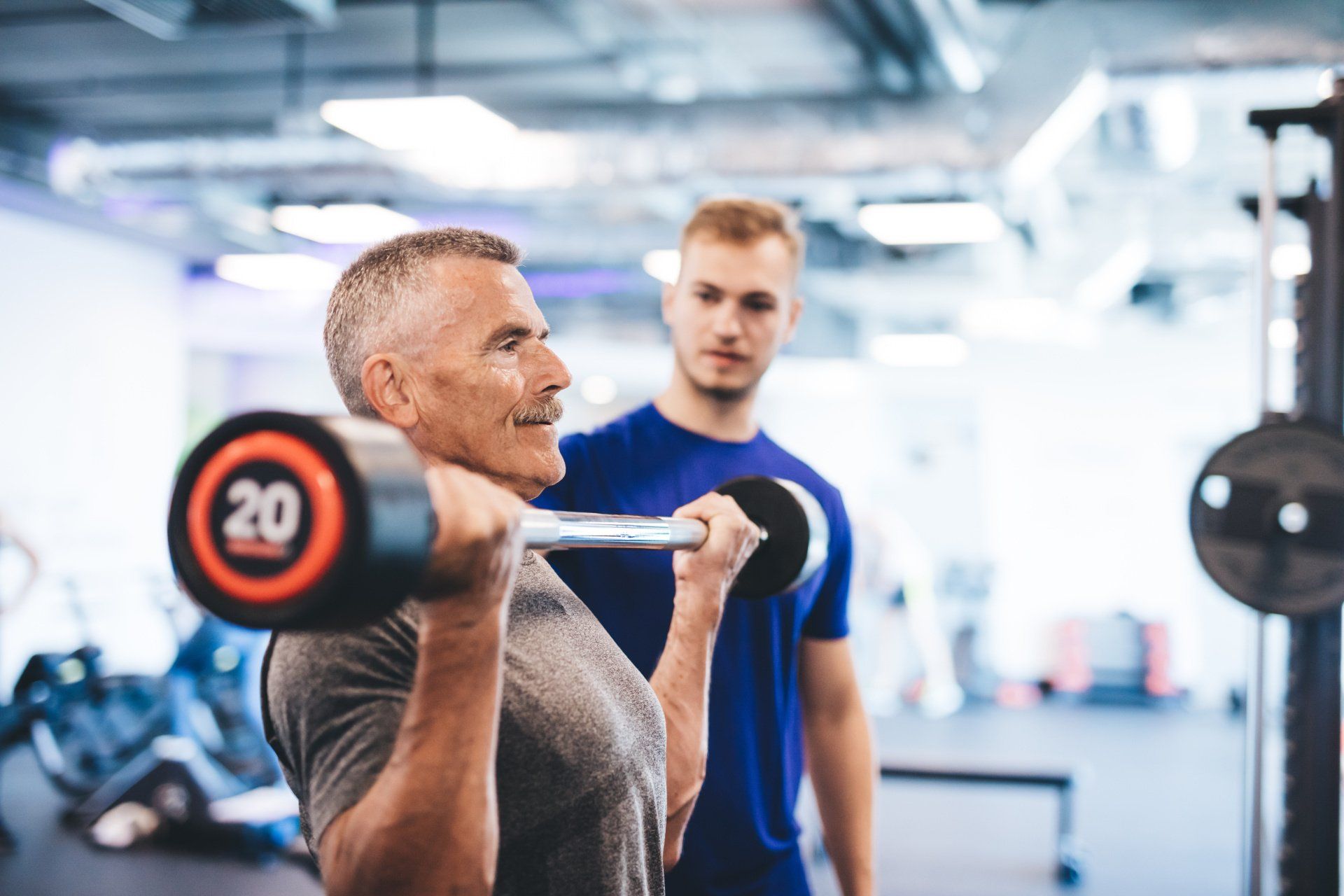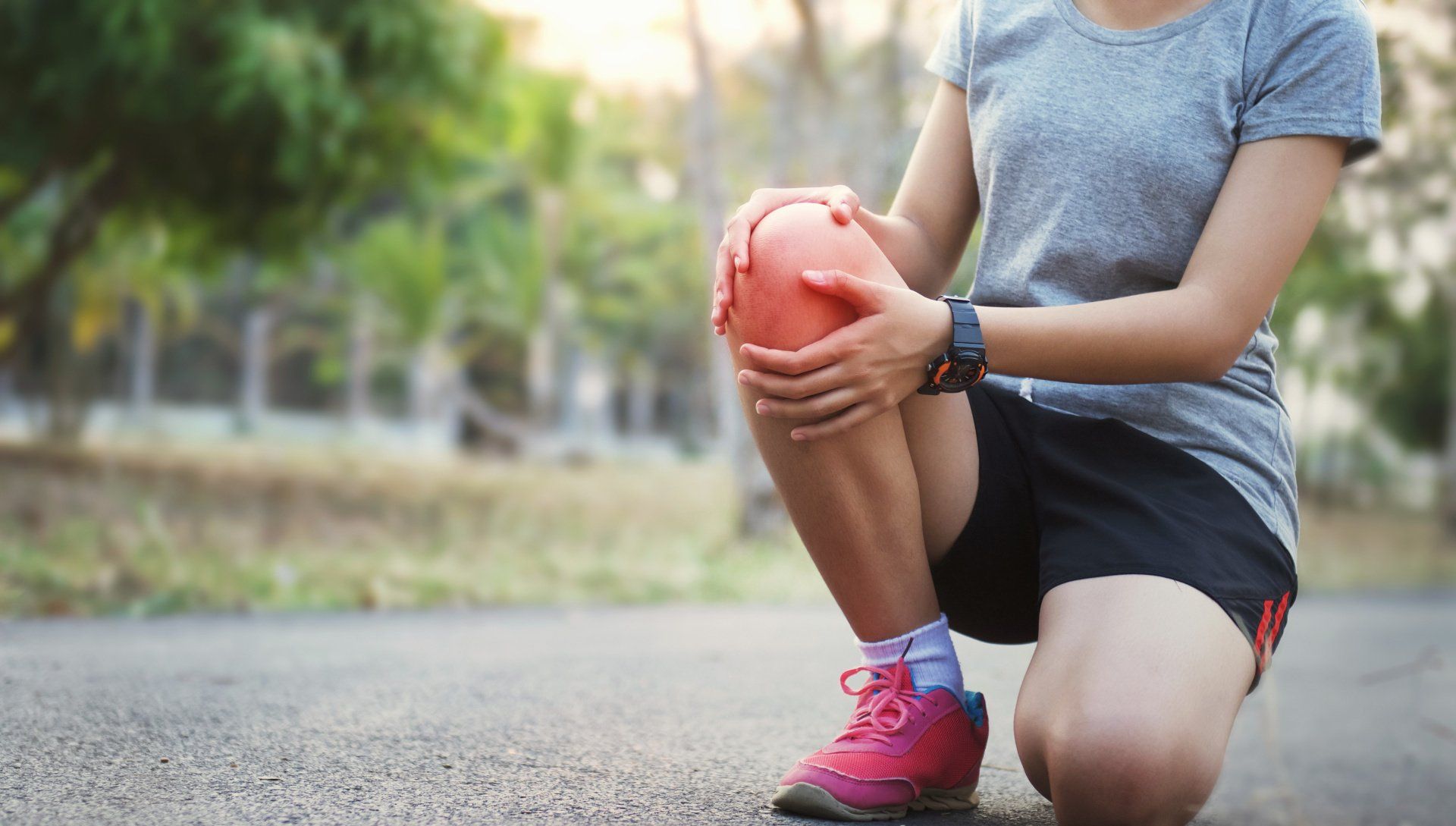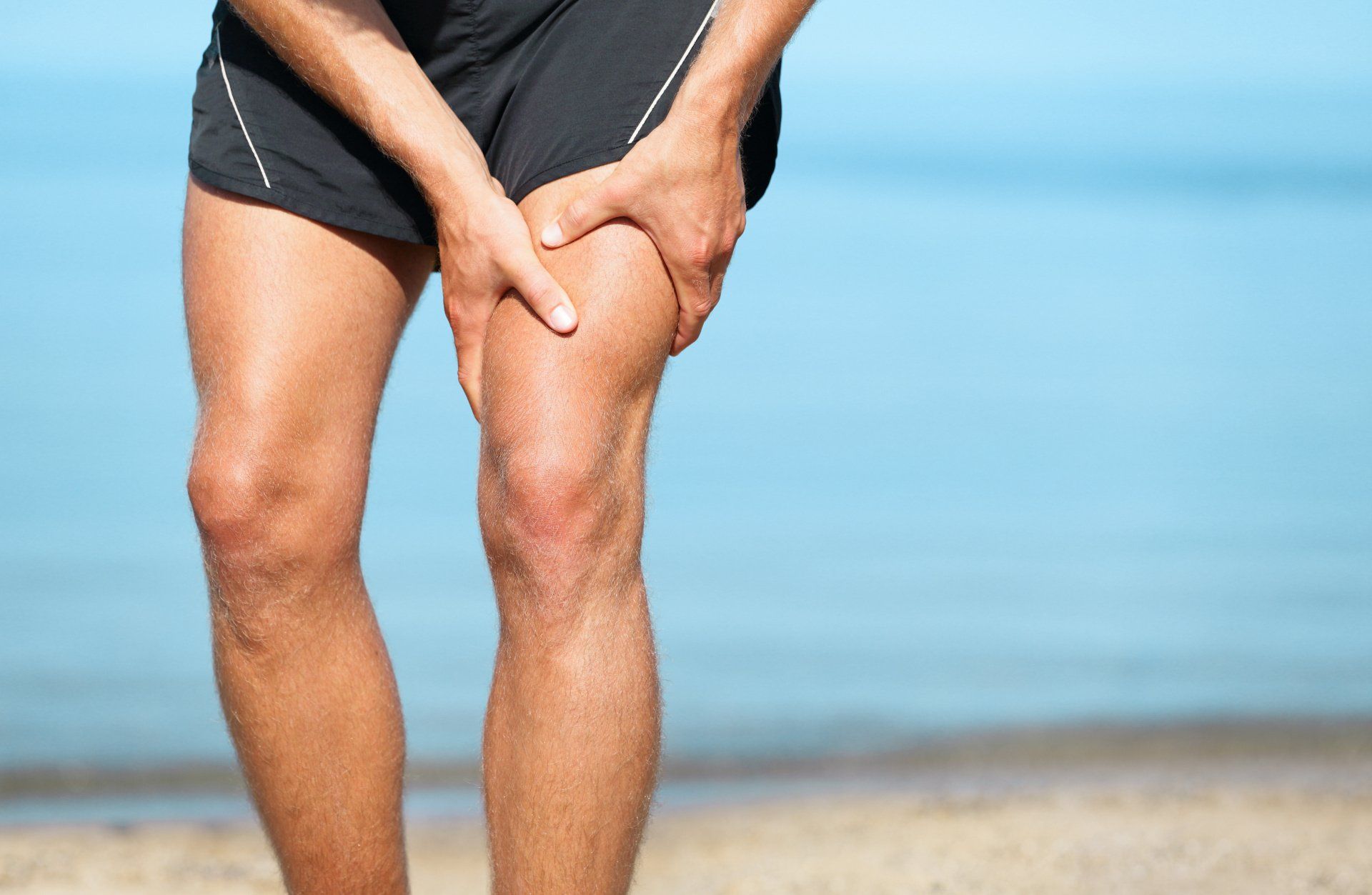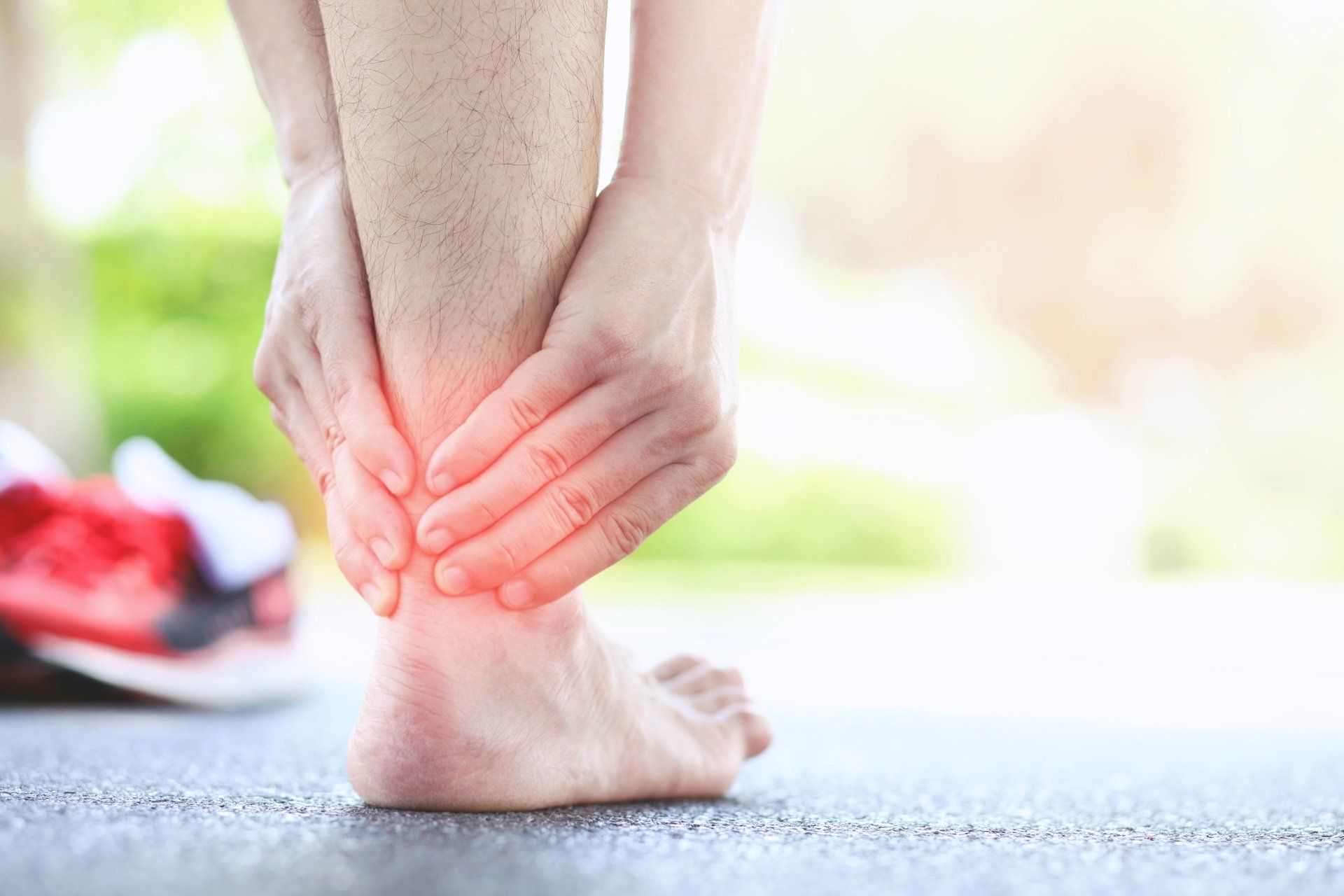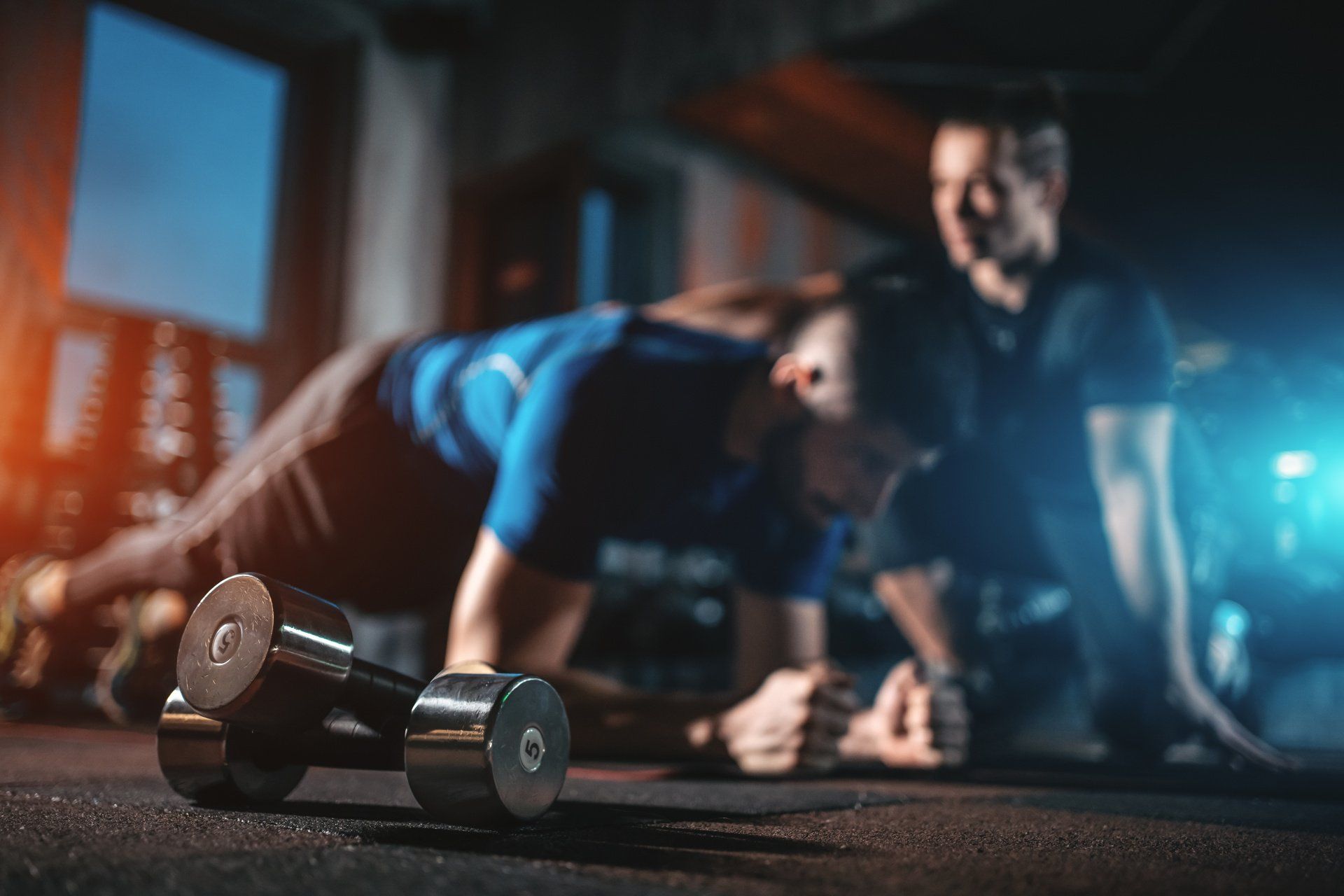Achilles tendinopathy
What is it?
Achilles tendinopathy is usually described as an overuse injury. Pain can either be termed ‘insertional’, when on the heel where the Achilles attaches, or ‘mid-portion’, when several centimetres further up the tendon.
It is a condition most commonly seen in running and jumping sports, in people aged between 30 and 60 years old, but is also something that occurs among the less active and sedentary.
The term ‘tendinopathy’ is used to encompass a range of symptoms resulting in a painful tendon. It is associated with morning stiffness, pain at the beginning and end of exercise, and the tendon can appear ‘swollen’. In this case, swelling is not a result of a traditional inflammatory response, but perhaps can be better described as an overactive response affecting the process of tendon collagen production and adaptation.
In chronic conditions the tendon can be thickened and have nodular areas. Achilles tendinopathy impacts performance and kinesiophobia, or fear associated with movement, is very often a key symptom of the condition.
What causes it?
Various risk factors have been examined and proposed.
These include:
- an increased amount of loading of the tendon (increased amount of walking, running, explosive jumping)
- high BMI
- diabetes
- reduced strength in the plantar flexor (‘calf’) muscles
- potential side-effects of steroids and some antibiotics.
Rehab
Tendon rehabilitation can be a slow process, however tendon loading through activity has been seen to provide a stimulus for a healing response by increasing the rate of collagen fibre production.
Researched rehabilitation exercise programmes typically span a 12-week period, and the benefits of various types of exercise, including static exercises (isometric), heel drops (eccentric) and weight training/resistance exercises have proven successful in the rehabilitation of this frustrating injury.The body content of your post goes here. To edit this text, click on it and delete this default text and start typing your own or paste your own from a different source.
Summary
- Achilles tendinopathy is caused by overuse or a sudden increase in use of the tendon.
- Pain/stiffness is felt in the morning, beginning or end of exercising or simply after a period of time sitting.
- It is an ‘over-active’ response affecting the production of collagen fibres.
- Tendon rehabilitation can be slow, it’s important to not rush the process.
- Your therapist will give you a combination of static and strength exercises.
- The reintroduction of running or walking will begin fairly early on into the rehab programme, however the increases in speed/distance will be gradual.
Read more...
